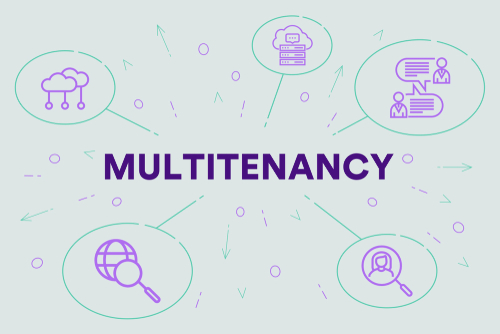 According to the Verizon Data Breach Investigations Report, published in November 2018, the #1 cause of a breach continues to be vulnerable systems left exposed and unpatched. Preventing the exploitation of vulnerabilities when using an effective solution is one of the few countermeasures that can pro-actively protect your infrastructure before an attack has even started as opposed to relying on traditional network security or threat detection and investigation solutions, which are often too late in preventing theft or loss.
According to the Verizon Data Breach Investigations Report, published in November 2018, the #1 cause of a breach continues to be vulnerable systems left exposed and unpatched. Preventing the exploitation of vulnerabilities when using an effective solution is one of the few countermeasures that can pro-actively protect your infrastructure before an attack has even started as opposed to relying on traditional network security or threat detection and investigation solutions, which are often too late in preventing theft or loss.
Not only do in-house security teams struggle to identify attack campaigns, despite the promises of machine learning, AI and automation, they also struggle to pro-actively prioritize, schedule and patch vulnerabilities before an attack starts. Due to scarcity of experienced security personnel many organizations look to MSSPs to augment their security teams and in some cases completely take over security operations. However, without true multi-tenant solutions built for today’s dynamic and cloud based environments, MSSP’s cannot leverage the full set of ways to provide ongoing value to customers as well as monetize security offerings and services. Some of the inherent challenges include:
- Speed to Deployment and Revenue Capture - Too many solutions involve complex implementations (i.e. multiple software and even hardware components) since they are often retrofitted to claim multi-tenancy or support cloud environments. This makes them overly painful to install, deploy and get up and running. The faster you can get your solutions up and running the faster you can capture revenues.
- Manual Tracking of Dynamic and Cloud Assets - We are in a dynamic world where virtual machines, mobile workers, IoT devices, and cloud computing makes it extraordinarily difficult for security teams to know the vulnerability and threat risk posture of a given system at any given time. Many security teams use spreadsheets and other “manual” tools to keep track of such assets in order to reconcile the risk posture of dynamic assets over time leading to inefficiencies.
- Real-Time Risk and Prioritization of Remediation/Patching - The inability to prioritize where security teams need to focus in terms of business critical systems getting patched and hardened first can impact the overall risk posture of an organization. Helping teams prioritize based on a holistic view of the entire infrastructure with an understanding of resource criticality can also streamline workloads and improve overall security for clients.
- Adding on additional revenue streams - The ability to layer on more advanced security services, such as web application scanning and malware scanning can provide additional subscription revenue for MSSPs over time. This in addition to being able to integrate solutions together can not only provide additional sales opportunities but improve the overall security effectiveness of the offered security program to the subscriber.
Since our inception, Digital Defense has been focused on providing the right platform and service capabilities to meet the needs of Managed Security Services Providers in delivering valuable offerings to their clients. Our Vulnerability Management and Threat Detection SaaS platform and services are optimized to gain operational efficiencies but also provide offer clients exceptional and incremental value in addressing their security needs.
We encourage you to learn more about Digital Defense’s patented technology in a single purpose-built SaaS platform designed for MSSP’s to monetize vulnerability management and threat detection in today’s hybrid cloud environments.
To learn more about becoming a valued Digital Defense partner, visit our partner page.
Need More In-Depth Info?
Contact us and one of our experts can help with any of our cybersecurity solutions.

